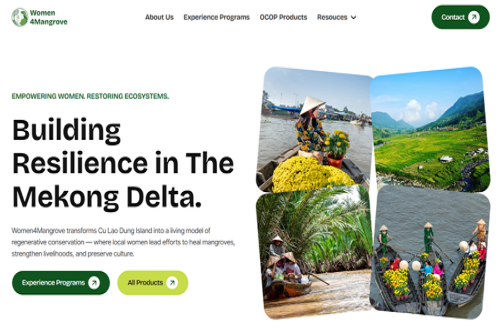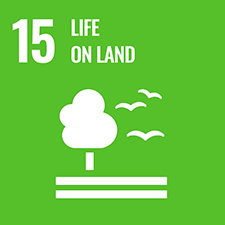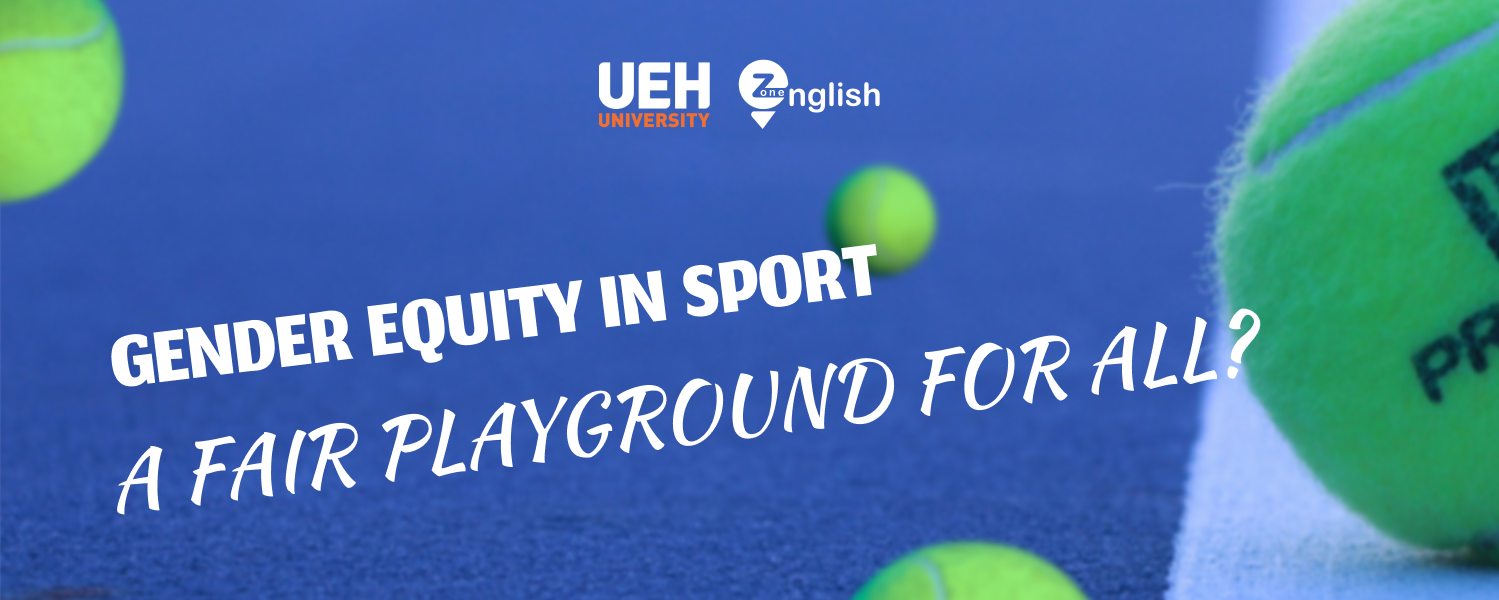
Gender equity in sport: A fair playground for all?
28 Feb, 2024
Are you a fan of men’s or women's sports? What really is the cutting line between the two half world population to join sport and take it seriously as a career? In a world where gender equality (or more broadly defined as Diversity, Equity and Inclusion - DEI) is a pressing issue, the realm of sports has emerged as a battleground for change. Breaking down barriers, shattering stereotypes, and celebrating the prowess of athletes, the journey towards gender equity in sports has witnessed remarkable achievements and promising advancements. Let's dive into the transformation being taken to level the sport playing field and empower athletes of all genders.
Gender matters in Sport context
In the sport industry, genders have been misused as physical criteria to separate the game players into their so-called “suitable” fields, such as football for male and ballet for female. The reason lies in the physical and biological differences between the two sexes. Endowed with more testosterone in their body, men grow up taller and heavier with longer limbs, bigger lungs, hearts and skeletons which support better blood circulation and more muscles. Added with denser bones and less fat rate, men have more functioning abilities to do masculine sports, while lacking flexibility and dexterity. Meanwhile, a female's body naturally develops in the way that tissues in breasts and other parts are invested to be adjusted to her puberty and menstruation but not immediately contributing to sports performance.
.jpg)
Differences in skeleton and fat rate between male and female bodies (Source: Bodybuilding Wizard)
The separation of genders in sports, on the other hand, is believed to protect the fairness in games. Even in some states in the US, legislations were made or considered to be issued in which biological males are banned from playing women’s sport. This law was made to address trans people who love to join the gender sports that they wish to, to ensure fair competition among biological physics. Soon there will be a suitable playground for them where they are athletically qualified for and biologically defined, so that we can create a fair one for all.
Nevertheless, inequality has been still a dilemma in sport because of the long-held perspectives of the relationships between gender and activity characteristics. Despite the emergence of female versions of various sports, gender-based discrimination is common, restricting the opportunity for this gender to participate in the playground. Research in 2019 points out boys get 1.13 million more opportunities in sports than girls. Although 84% sports fans are interested in women’s sports, only 4% of commercial investment goes into this sector. Even in developing countries, the discrimination is more severe when the women's prizes in sports are overshadowed by the halo from the other sex’s performance.
The situation was no better in colleges when the sport teams were mostly dominated by one gender. While only a few sports were named for girls like cheerleading, athletics, gymnastics,... boy students are encouraged to join and supported in various youth sport teams in school. In 2021, a disheartening case happened at the NCAA Women’s Basketball Tournament when a video was posted by a female athlete about the significant disparities between facilities for two genders. Later on, there were apologies from the NCAA and upgrades of rooms but still the sad reality was there. If gender is no longer a matter in sports, might sport have a more prospective future?
.jpg)
The incident in NCAA 2021 posted on social media by an athlete
Achievements and Challenges for Higher Education
Efforts have been made recently to bring more women and underrepresented people in the sport playground and career. In many universities, DEI experts have been hired to lead the change in the athletics department so far.
- At University of Miami (UM), Myles Payne implemented a training program for more than 200 athletic department employees that focused on racial literacy. She is a senior associate athletic director and chief diversity officer who introduced to her partnered athletic departments the concept of DEI which they “never talked or thought about before”.
- In Australia, a new Sporting Schools offered in 2023 has been adapted from National Rugby League (NRL) programs into the Wheelchair version that involves students with and without disabilities to embrace inclusion and diversity. Also as a part of Sporting Schools, Active Deaf Kids program for deaf or hard of hearing students for both primary and secondary schools.
.jpg)
.jpg)
National Rugby League Wheelchair held at some schools in Australia
With those advancements, sport leaders can have a right mindset of not only gender-based inclusivity in athletics but also other groups of underrepresented sportspeople.
- The Brazilian University Sports Confederation (CBDU) in 2017 organized The University Paralympics Games for 200 athletes from 21 states with various sports games. The event was held with the collaboration of this university with the Brazilian Paralympic Committee (CPB) to encourage sports for all people.
- Lately in 2023, the University of Queensland published a plan of building a Paralympic Centre of Excellence at St Lucia campus under the funding program of the government. The preparation is conducted ahead of the Brisbane Olympics to “inspire more para-athletes to compete in 2032" and also provide valuable opportunities for the community.
These movements of the universities are contributing significantly to the pursuit and passion of many sport players who struggle to live their dreams. This lights up the hope that the situation of sports in the world can be integrated with DEI and more individuals are encouraged to participate in the playground they want. To achieve higher and maintain the right equity in sports, further actions need to be taken.
What’s next?
Every playground has its two sides, and the sports industry is not an exception. The most important thing now is to take measures and initiatives to ensure equal opportunities and treatment for individuals of all genders, and groups, in the sporting world.
First actions must come from the sport institutions and organizations in which all sport players receive appropriate supports and provisions:
- Equal funding and resources - to ensure that female athletes and women's sports programs receive the same level of funding and resources as their male counterparts. Not only investing in coaching, facilities, equipment, and travel expenses, providing equitable financial support can reduce barriers to participation and development, creating a level playing field for all athletes.
- Pay equity - to implement policies that ensure equal pay for male and female athletes who participate in the same sport or competition. Sports organizations and governing bodies should establish transparent and fair compensation structures that eliminate gender-based pay disparities.
- Education and awareness programs - to develop educational initiatives to challenge gender stereotypes and biases in sports. Like the achievements made by the mentioned universities, there should be more gender sensitivity training held for coaches, officials, and administrators, as well as educational campaigns to promote inclusivity and equality.
The media tools play a significant role in the revolution by increasing media coverage and visibility of Diversity, Equity and Inclusivity in sport. It is vital to encourage media outlets to provide more coverage of women's sports events and athletes, so that the rate can exceed 4%. By featuring women's sports events on television, streaming platforms, and online publications, we could challenge gender stereotypes and provide role models for inspiring female athletes.
At UEH, we are honored to organize an annual Sport Festival for our energetic and dynamic student athletes to enhance their physical health besides studying times. To embrace the practice of diversity and inclusivity, the regular sport event includes 5 games this year which involve both male and female students to participate in. In football, volleyball and tug of war, there are separate leagues for each sex and also altogether round for team games like tug of war. Of course, pairs of participants in dancesport are ensured to be fair in all three types: Chachacha, Rumba and Samba. In all shapes, genders, abilities and ethnicities, we feel most confident, excited and connected when playing in the same match on the same playing field.
.jpg)
.jpg)
.jpg)
UEH Sport Festival 2023 including games for both genders
In conclusion, sports are the games for all and cannot be limited to any specific players. It is a strong tool for people to bond, connect and express themselves. Everyone has an equal opportunity to participate, compete and excel at sport in an inclusive and welcoming environment. Gender matters significantly make a big struggle in sport and other industry, and take a huge effort of the citizens to overcome. From the small actions and policies made by UEH, we believe that sports can all be enjoyed comfortably and fairly by all of us.
News, photos: Department of Student Affairs UEH
Reference list:
Opinion | How much do sex differences matter in sports? - The Washington Post
Sports Were Never Designed Around the Female Body
Differences between male and female skeletons, heads and muscles
Biological Gender in Fair Competitive Sports Policy
On Different Playing Fields: The Case for Gender Equity in Sports
Research - Women's Sports Foundation
Global Interest in Women’s Sports is On the Rise
Under Fire, The NCAA Apologizes And Unveils New Weight Room For Women's Tournament : NPR
NRL wheelchair rugby league: A game for all | Australian Sports Commission
The University Paralympic Games begin in São Paulo, Brazil - FISU
Female Athletes Receive Only 4% of Sports Media Coverage—Adidas Wants to Change That | Glamour
https://dsa.ueh.edu.vn/cong-tac-sinh-vien/ket-qua-hoi-thao-truyen-thong-sinh-vien-ueh-nam-2023/


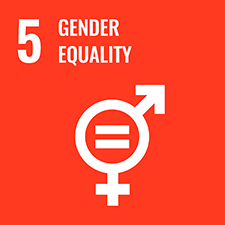
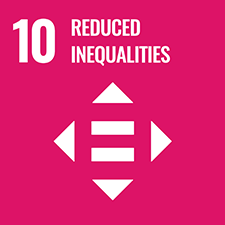
![[Research Contribution] Determinants impacting young consumers purchasing behavioral intention on sustainable fashion: exploration in Ho Chi Minh City](/images/upload/thumbnail/ueh-thumbnail-639035712273480983.png)
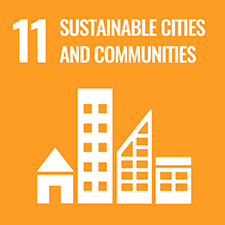
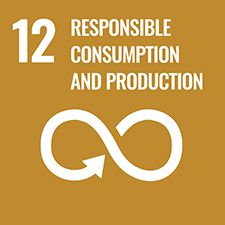
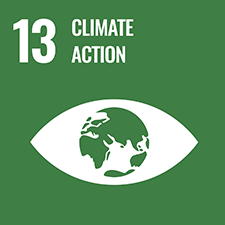




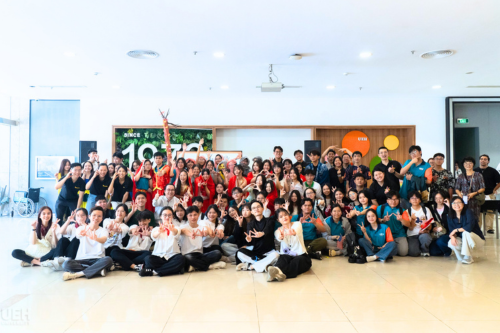
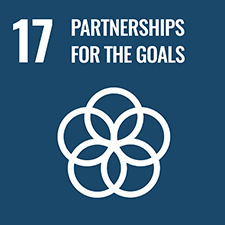
![[Research Contribution] What influences UEH students’ attitudes toward the “UEH Zero Waste Campus” project](/images/upload/thumbnail/ueh-thumbnail-639033816949877456.png)
